The Flower ManCleveland Turner (1935 - 2013)
Non Extant
2305 Francis Street, Houston, Texas, 77004, United States
1980s to 2013
After falling into extreme disrepair, Cleveland Turner's home was razed on February 7, 2015.
About the Artist/Site
Cleveland Turner was born May 25, 1935 in Vicksburg, MS to a family descended from slaves, Cajuns, and Sauk Indians. His mother died when he was only three, and after his father remarried, the couple and their voluminous family of ten children moved to nearby Brandon. With Cleveland’s father working on the railroad and rarely in residence, their stepmother raised and cared for them. After he was killed in a train accident in 1946, a stipend from the railroad paid their living expenses.
Turner took odd jobs and worked the family farm, but life was difficult in that quasi-apartheid era of the Deep South. In 1962 he boarded a bus bound for California and a promised position in an automobile manufacturing plant, but, stopping over in Houston to see a friend, they spent the weekend boozing, and by its end Turner had spent all his cash, and had even redeemed his bus ticket to buy more alcohol. He subsequently survived by taking a series of odd jobs, but he also continued to drink heavily, and lost a good job at Wyatt Steel as well as his apartment: he ended up living on the streets. Finally, after passing out in the gutter and being rushed to the emergency room after a passing motorist thought he was dead, he had a vision of a huge construction, made of junk, that rose up to the sky.
After being resuscitated and rehabilitated, he was taken out to see the motorist who had saved his life; she offered him a gardening job, and soon he began tending the gardens of her neighbors as well, building up a savings that, after some time, was sufficient for him to rent a place of his own. At 2311 Sauer Street, Turner turned a tiny row house into a vibrant and colorful environment. Remembering his vision, he brought in antique tools and found objects, painting and arranging them artistically, first on the interior of his home, and then expanding out to the exterior, with live flowers in vivid blooms tying everything together
After a visit in 1986 with the Orange Show’s director Susanne Theis, who was immediately enthusiastic about his work, he began to think of his arrangements as art. But in 1988, after an article about Houston’s art environments appeared in a local paper, an arsonist attempted to burn the house down, and Turner became so upset that he ripped up his own garden. Unable to remain at the Sauer Street site, he found a new place a few blocks away, on the corner of Sampson and Francis streets. Theis and others helped him move what remained of his artwork to the new site, and Turner began again to beautify his surroundings. Elaborate assemblages created from found objects of all types shared space with a wondrous variety of flowers; he received increasing publicity and numbers of visitors.
In spring 2000, however, Turner was cited by the municipal department of public works because his site did not meet the Community Urban Rehabilitation and Building Minimum Standards (“CURB”) ordinance. Passed seven years earlier, under the guise of requiring real estate owners to maintain their properties, in practice it had become a means to pursue low-income residents or those whose homes didn’t meet certain standards of middle-class propriety. The arts community rallied in support of Turner, and after lengthy legal proceedings, Turner was able to maintain his home the way he wanted, as long as he kept his constructions from blocking the public sidewalks.
Later that year, Project Row Houses, a community-based organization that purchased and renovated older homes for affordable living and artist studios, purchased Turner’s home; he became their artist-in-residence. Then, in 2003, Turner was able to move yet again; he took all his savings to purchase another property on Francis Street in partnership with Project Row Houses. The idea was that Turner would be an artist-in-residence at this site as well, but the organization would be the formal owner, thus liable for taxes and ensuring that the property adhered to all municipal codes and regulations. Although Turner was originally fine with this arrangement, after realizing that without his name on the deed the house legally belonged solely to Project Row Houses, he felt that he had been swindled. After much negotiation, which took an emotional toll on the artist, the deed was restructured with his name only as owner, and with the Project Row Houses as beneficiary after his passing.
Cleveland Turner passed away on December 1, 2013, at age 78. The site remains extant and visible from the street, yet is seriously in need of conservation and restoration. Weeds and vines are covering the site, and there is obvious deterioration of the exterior fence and all artworks. Unless immediate action is undertaken to salvage this environment, it is likely that the Flower Man’s artworks and arrangements will soon be visible only in historic photographs.
~Jo Farb Hernández, 2014
Update: After years of accumulative deterioration that began with water damage from Hurricane Ike, Cleveland Turner's home was deemed beyond repair and was razed on February 7, 2015. In a January 2015 article in Texas Monthly, Pete Gerson (author of Painting the Town Orange: The Stories Behind Houston's Visionary Art Environments) said, “The Flower Man’s House was always in motion, always in flux, he was always adding things and taking things away. It was a beautiful kind of social practice, and in the end, the Flower Man was the art."
Contributors
Materials
silk flowers, found objects
SPACES Archives Holdings
35mm slides
Related Documents
Related Documents
Map & Site Information
2305 Francis Street
Houston, Texas, 77004
us
Latitude/Longitude: 29.7336331 / -95.3661988
Nearby Environments


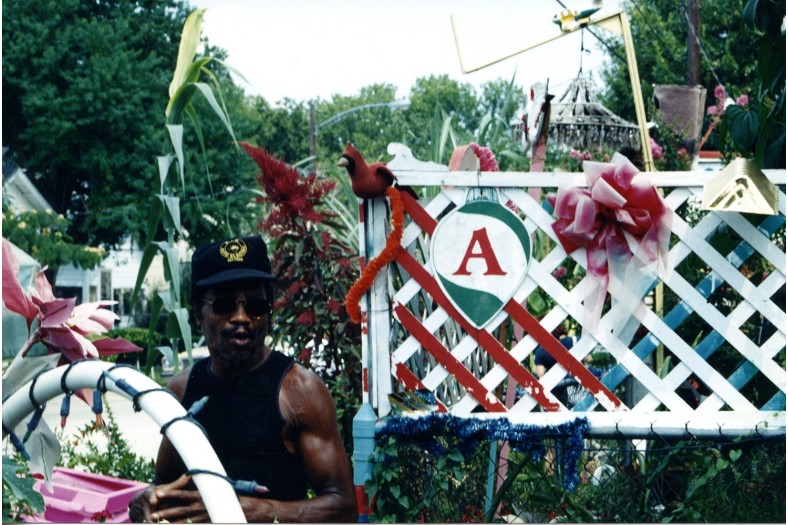
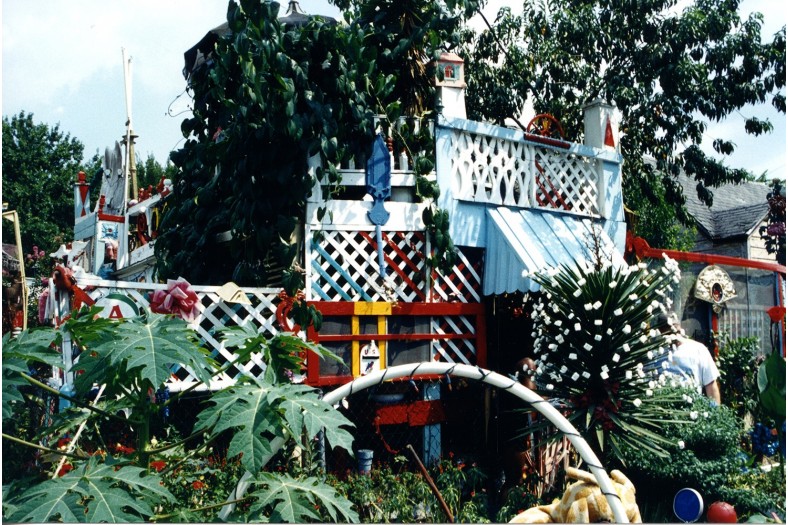
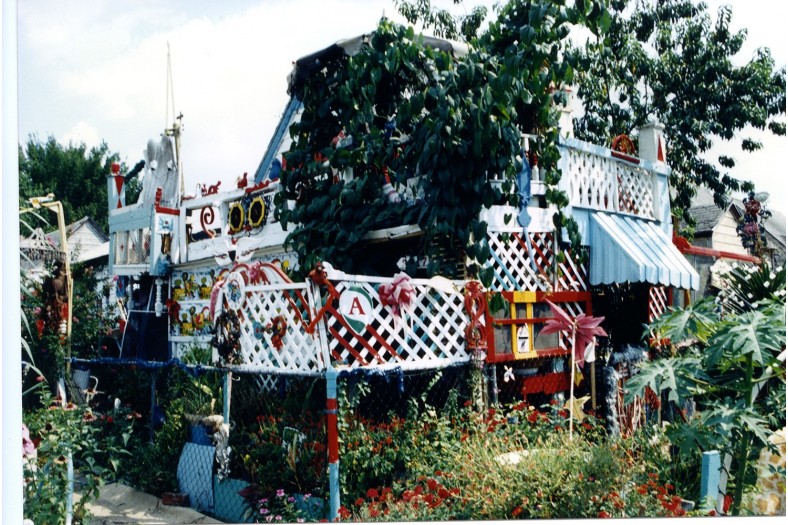
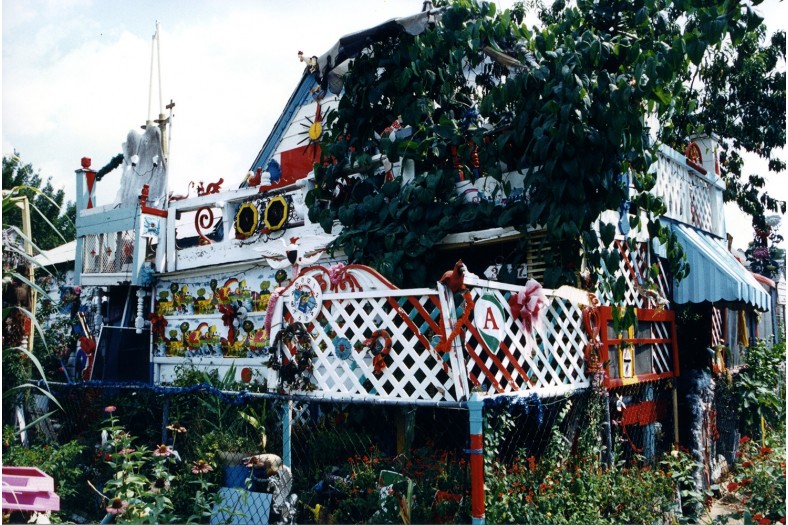
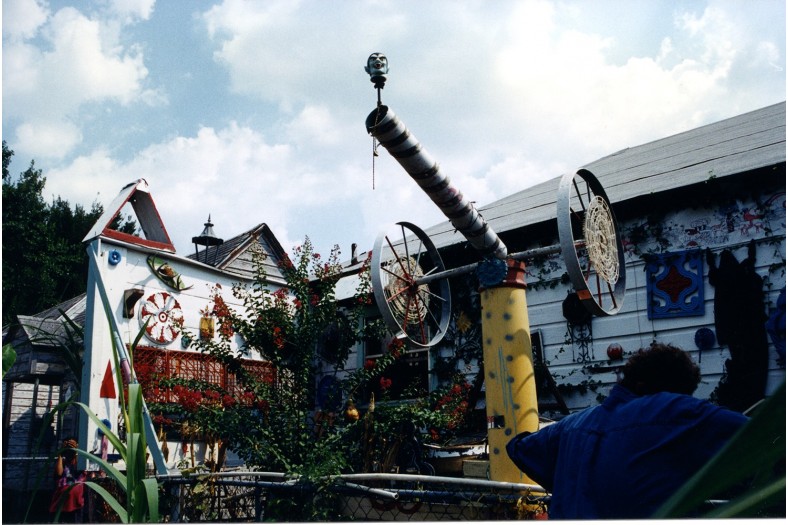
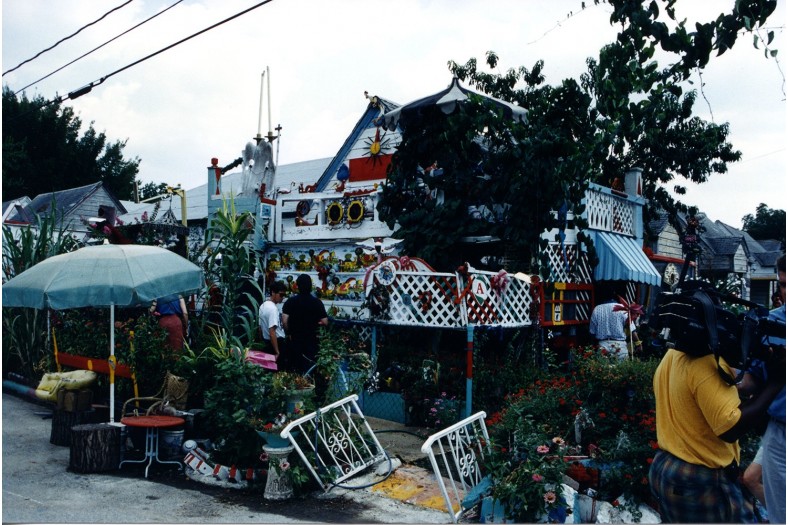
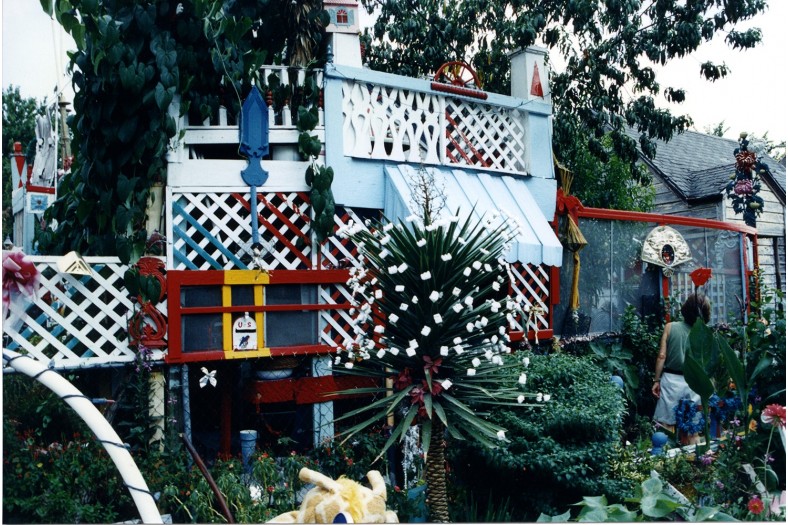
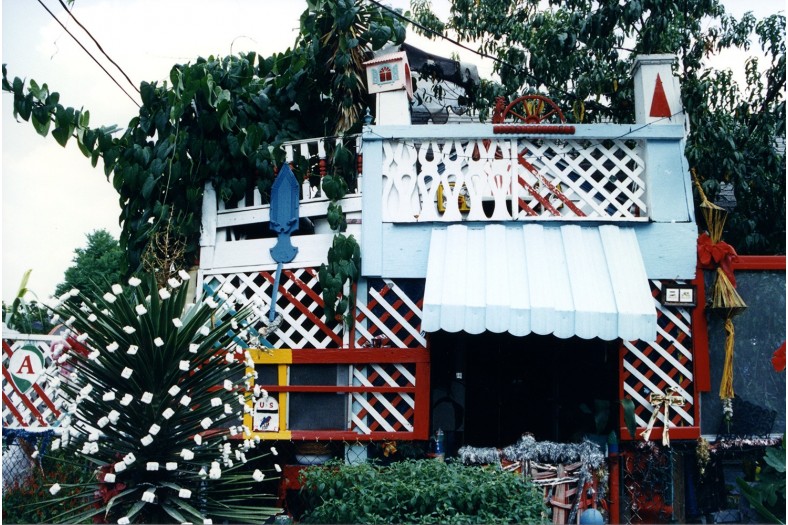
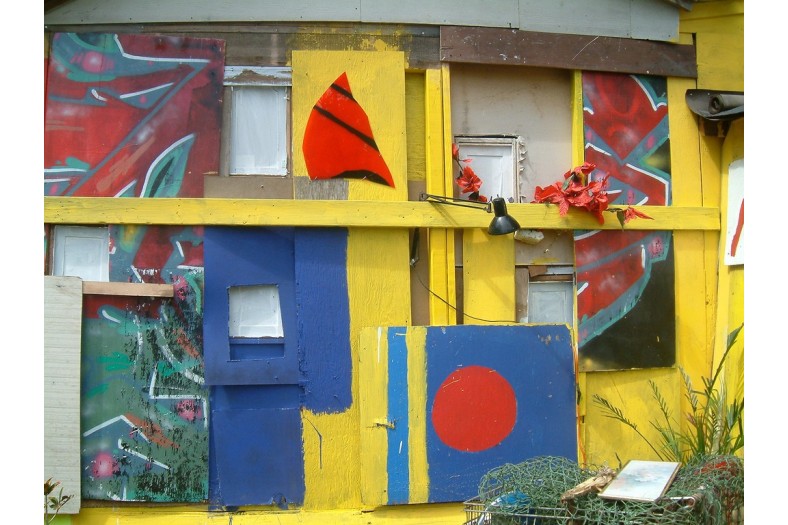
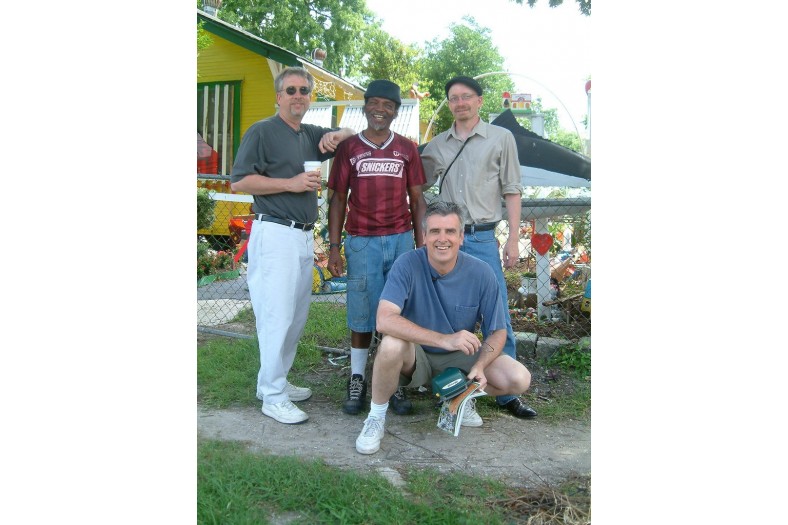
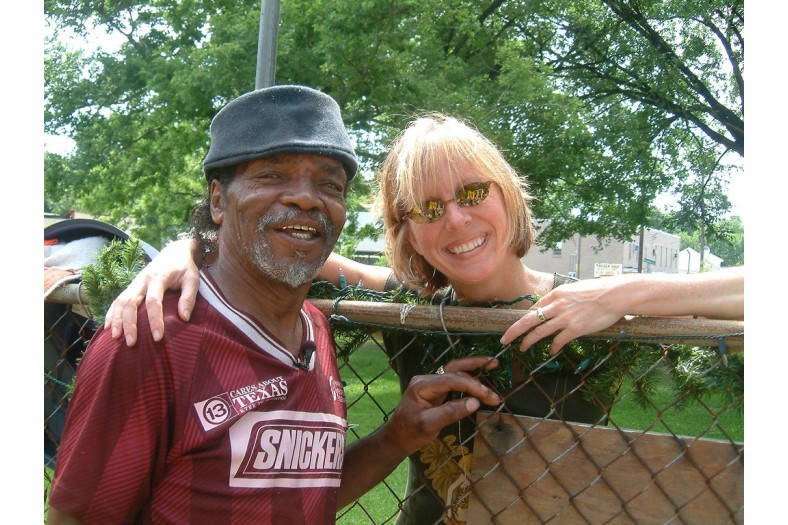
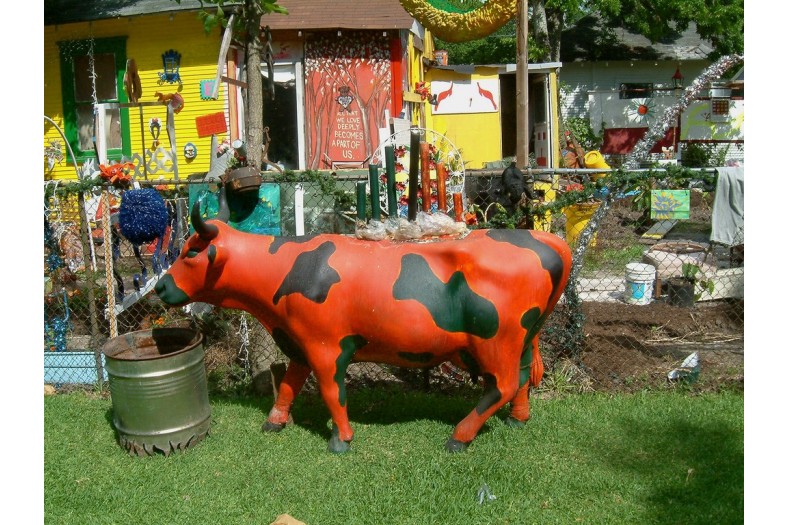
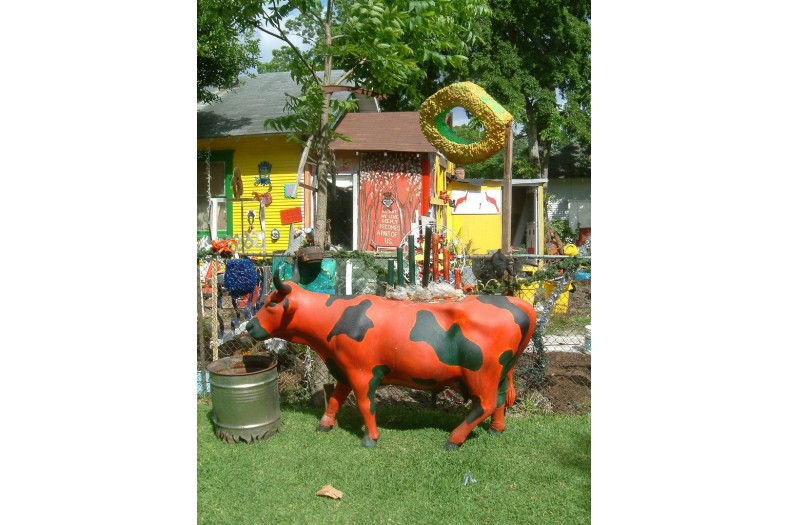
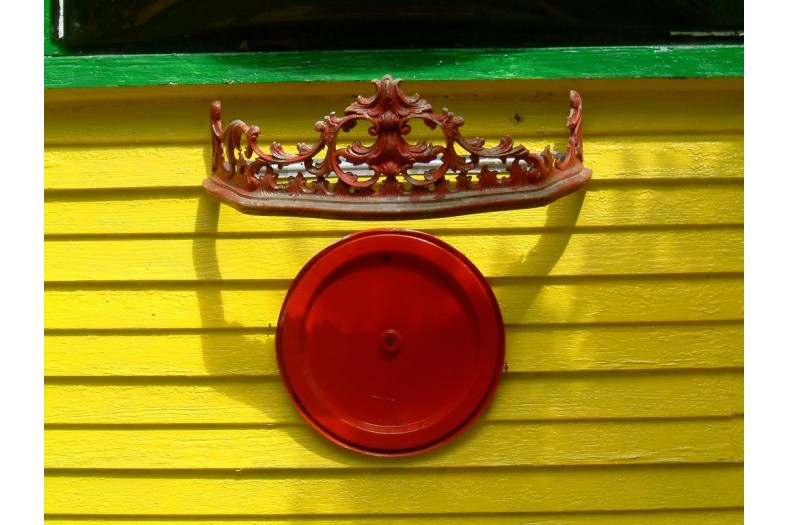
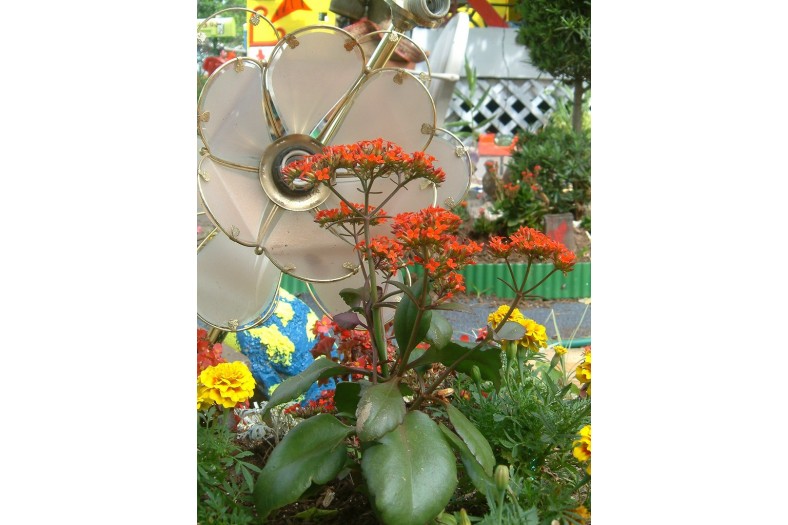
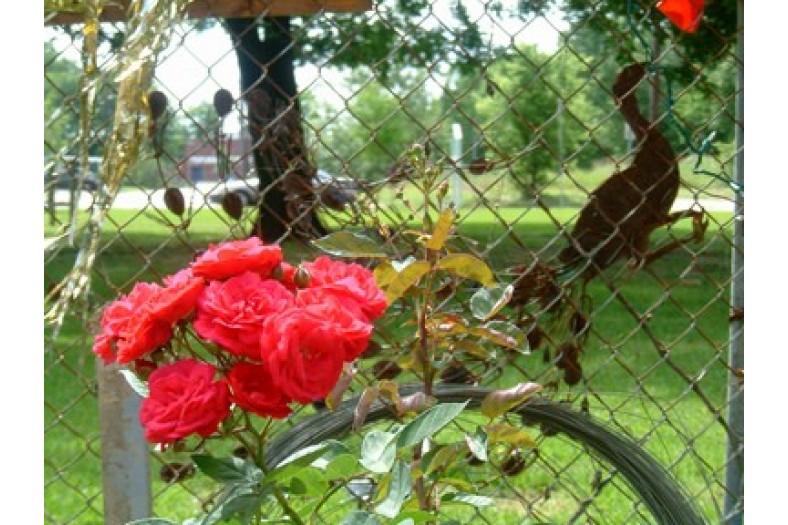
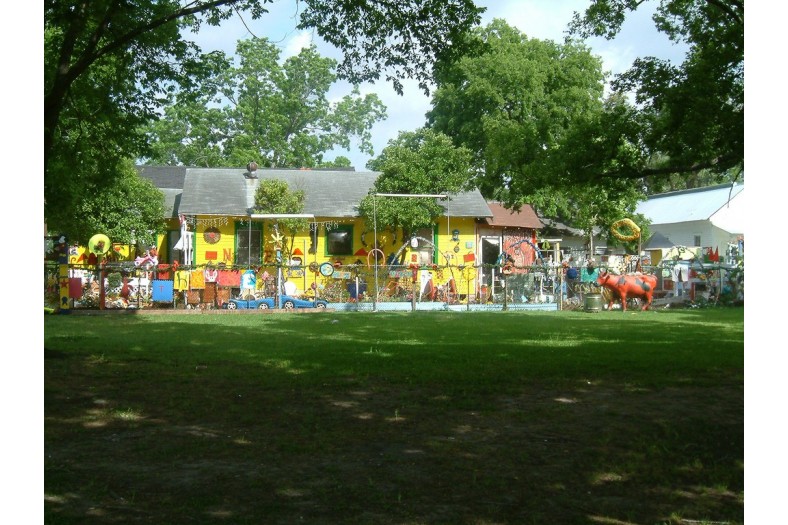
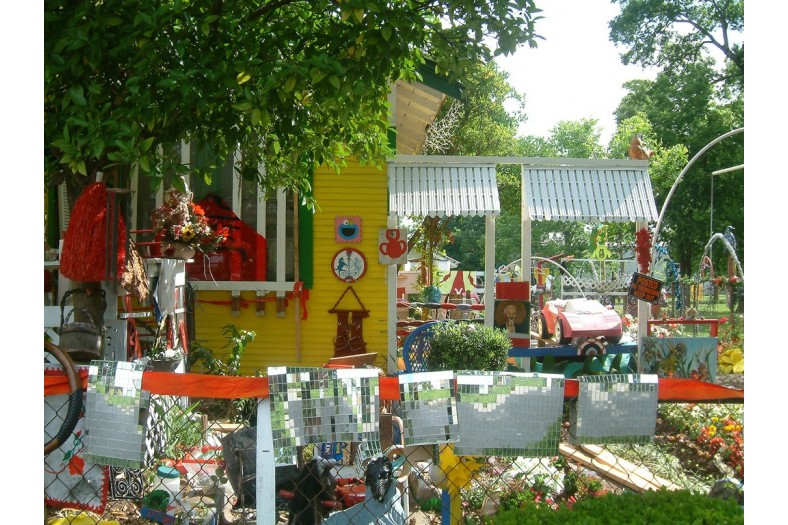
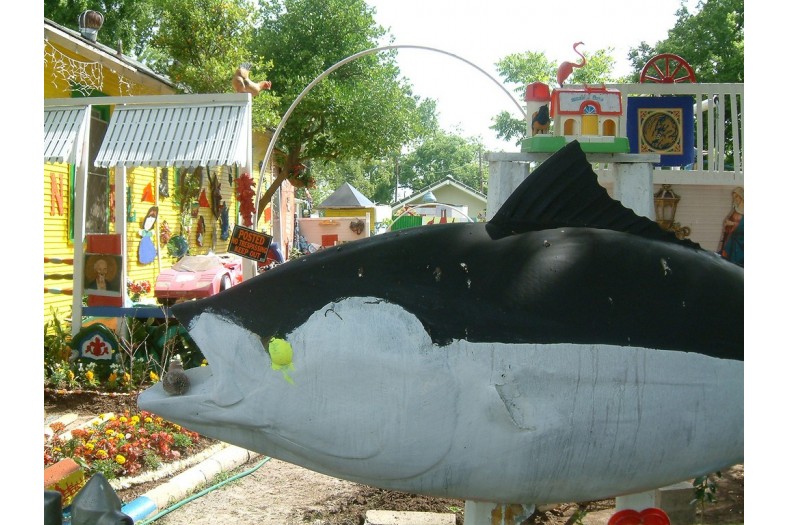
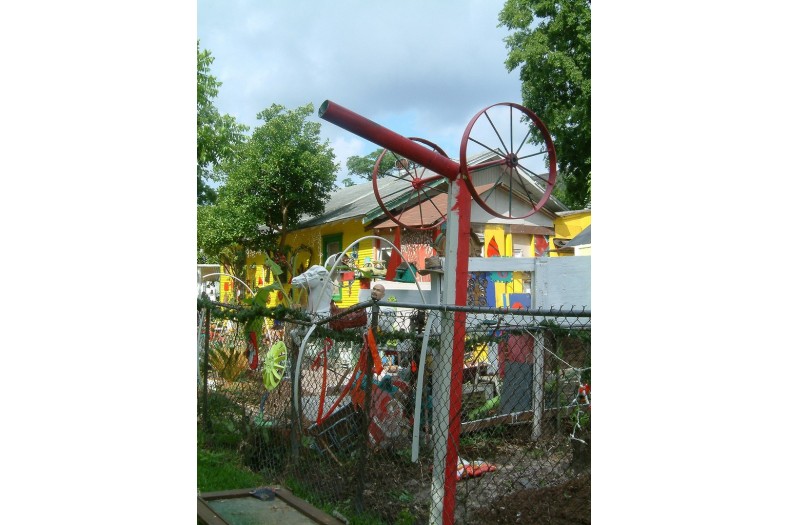
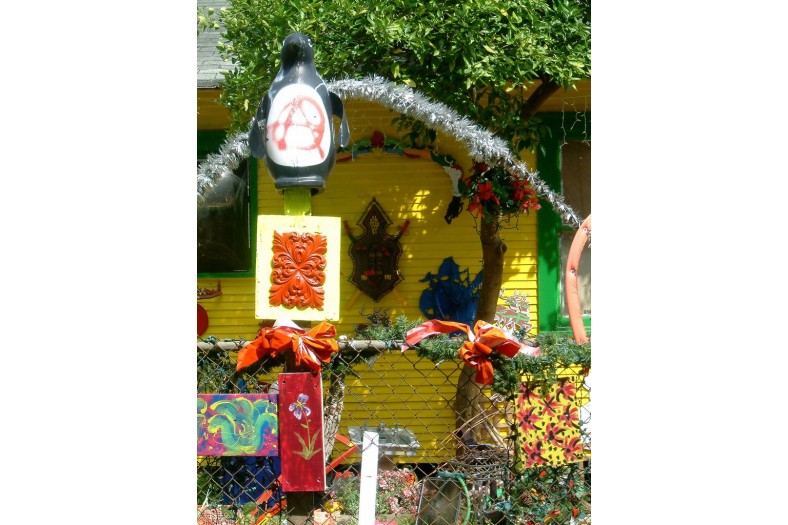
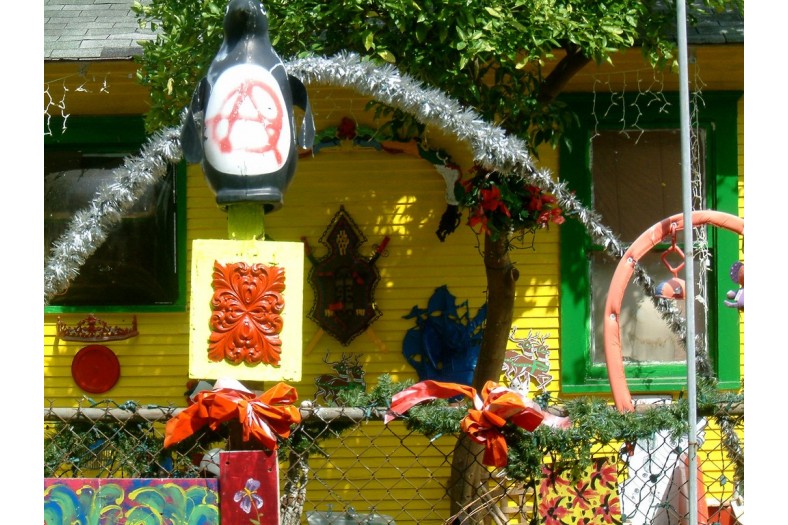
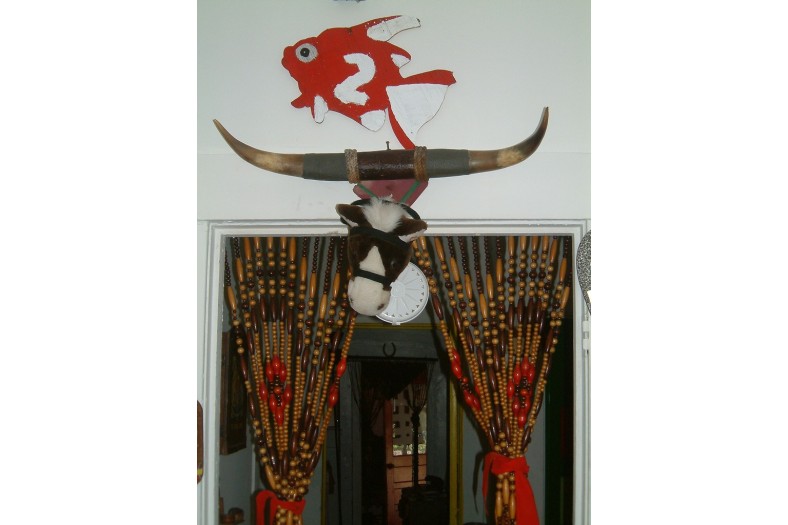
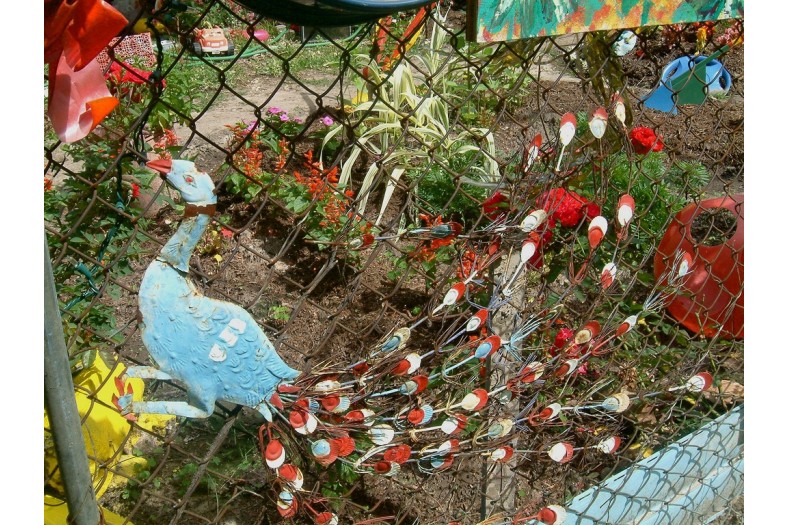
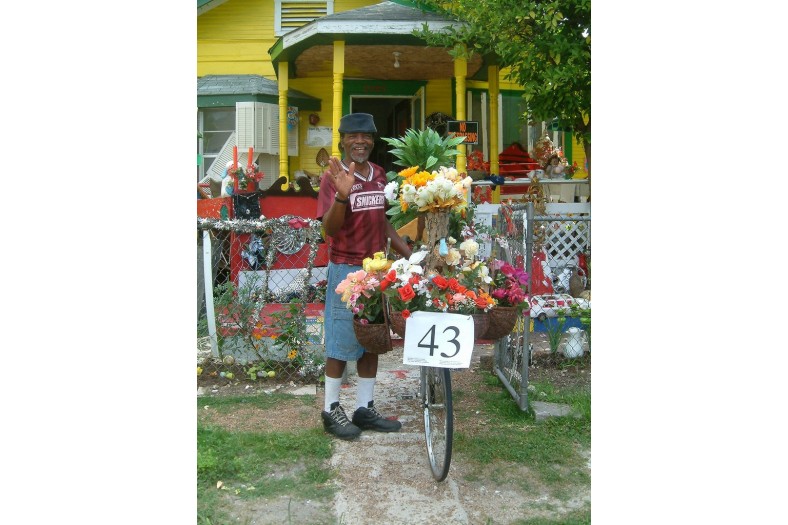
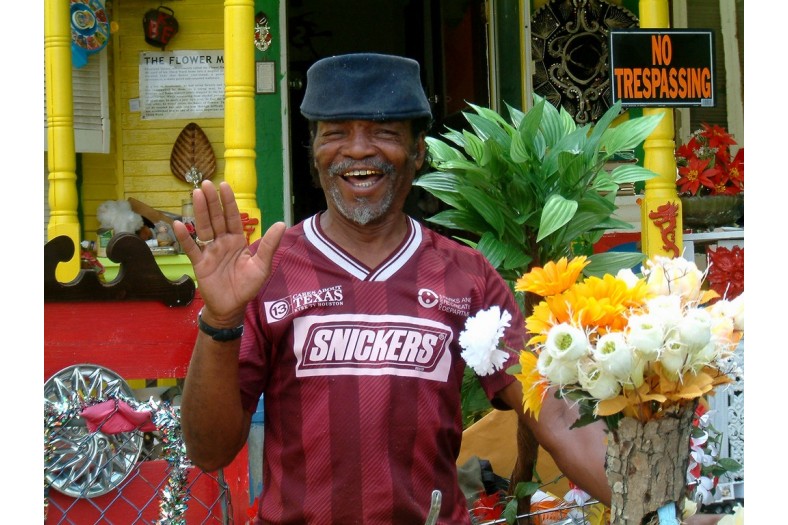
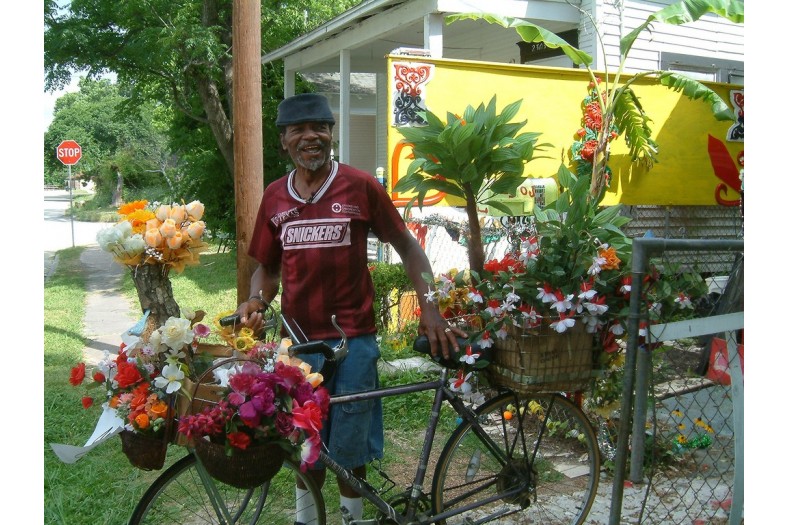
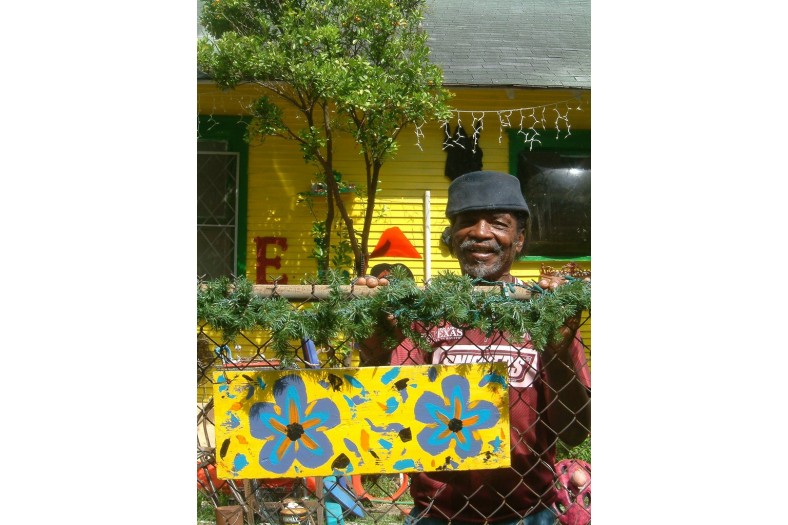
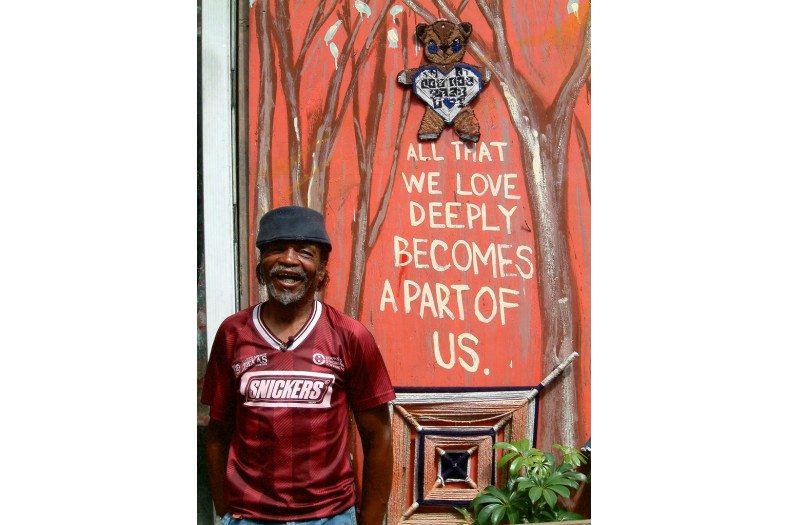
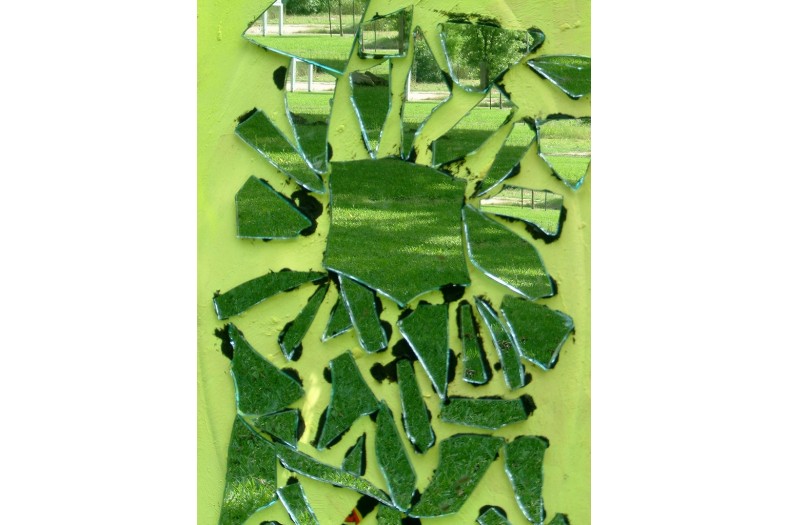
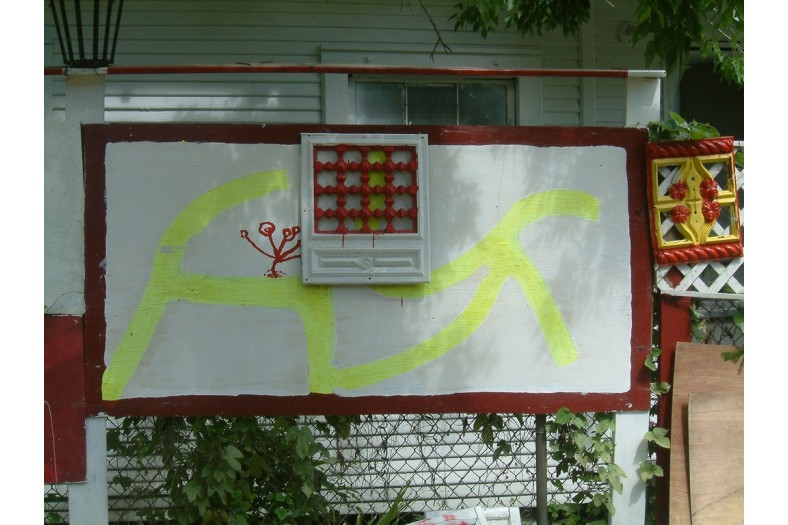
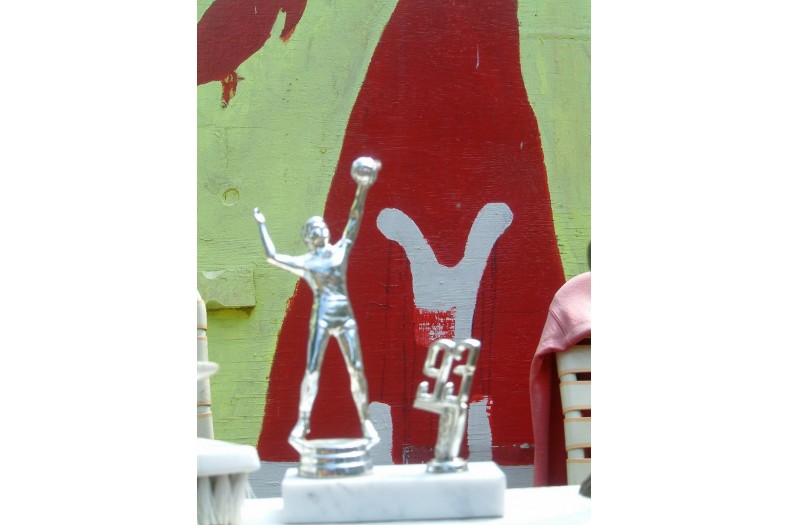
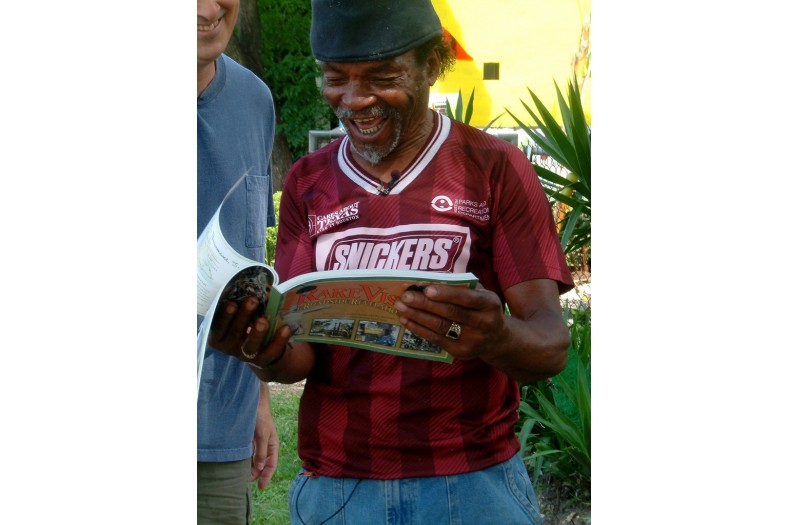
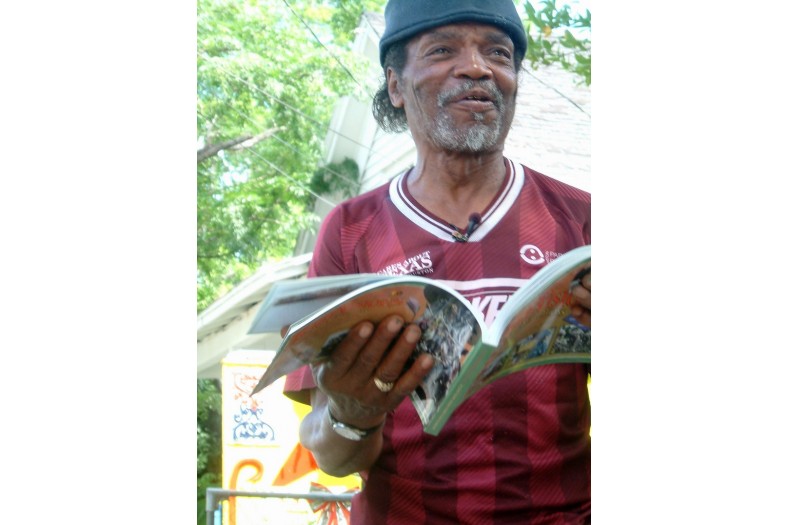
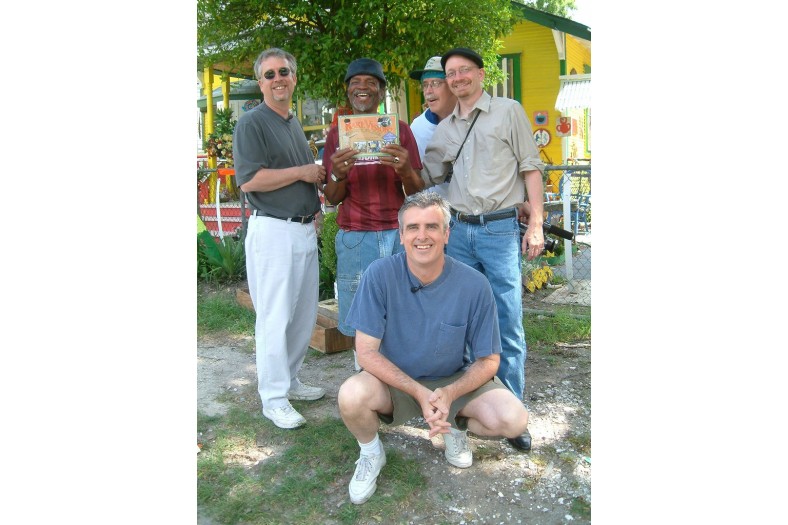
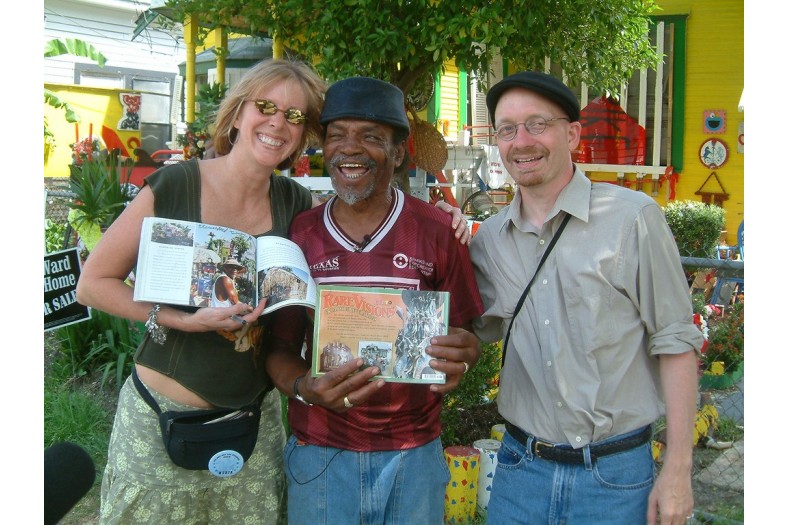
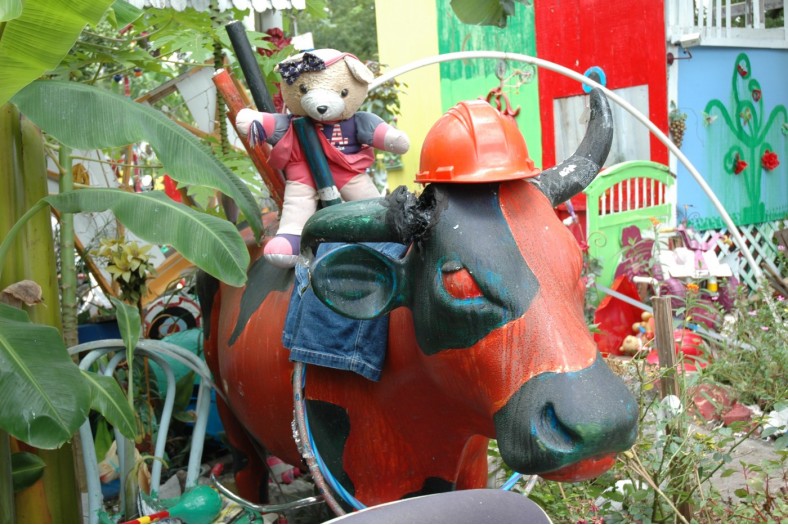
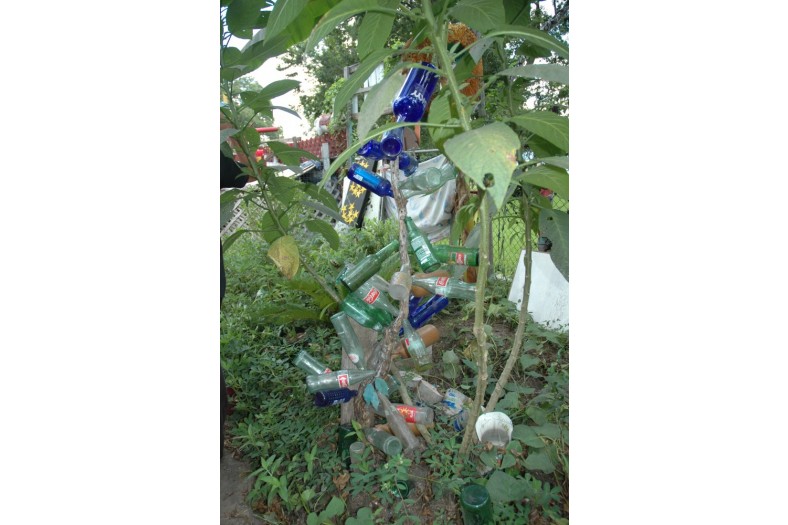
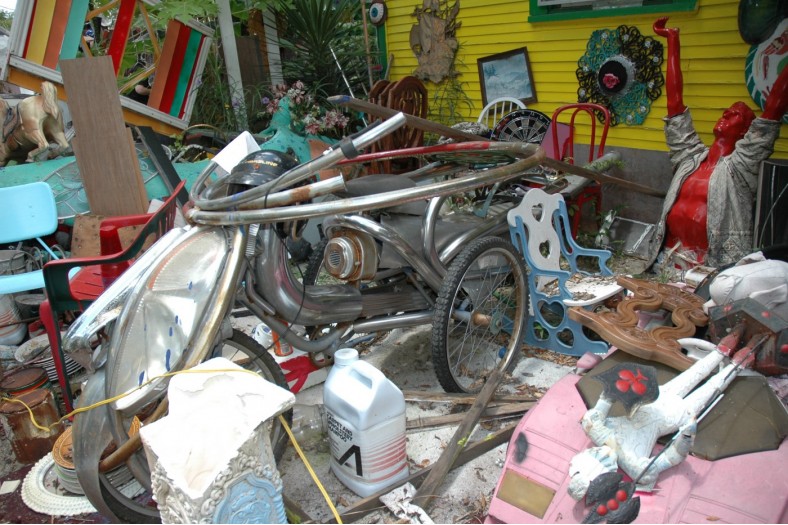
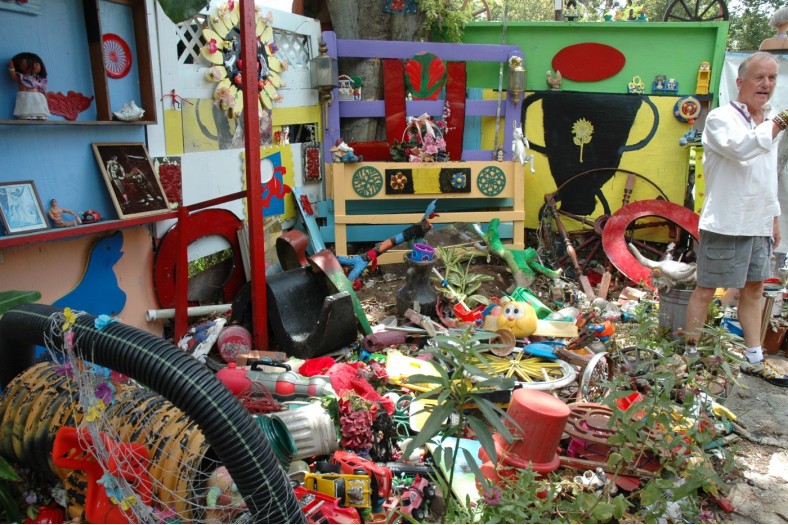
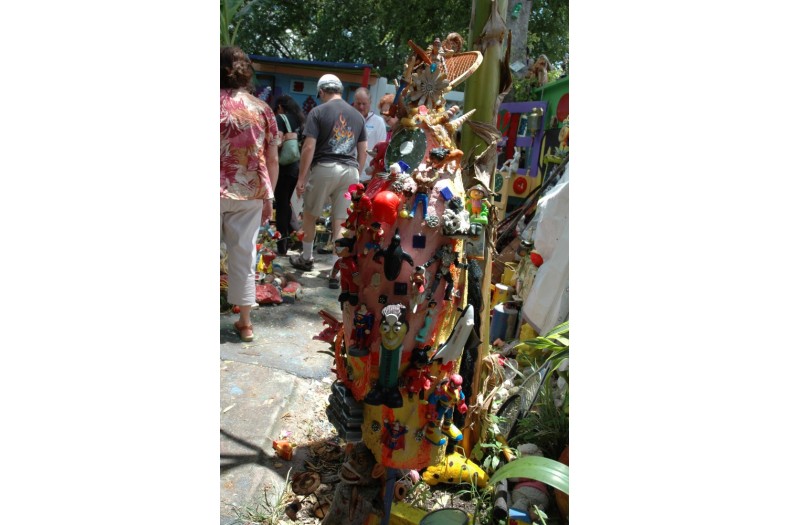
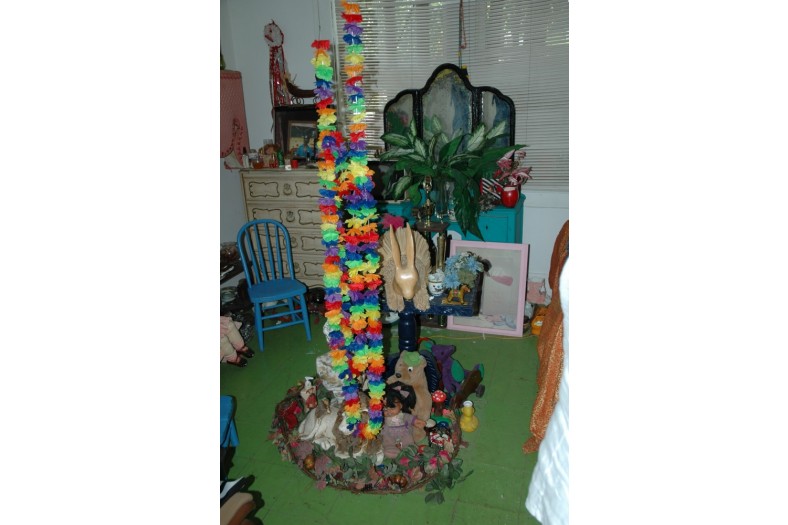
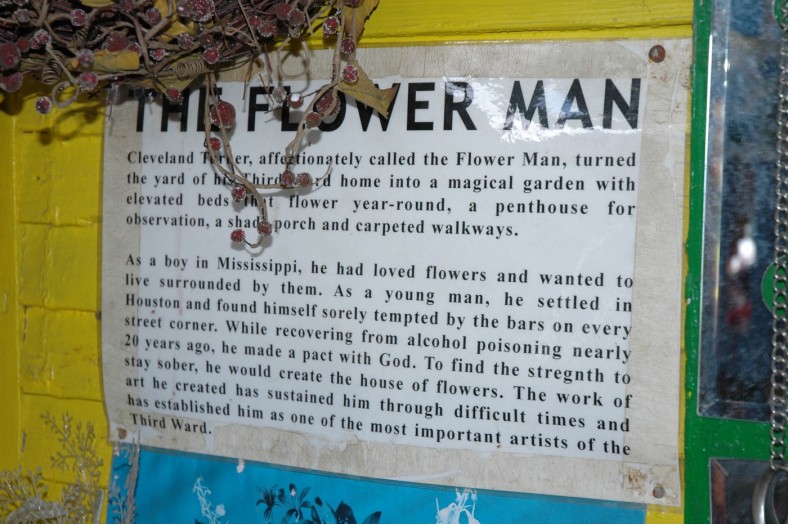
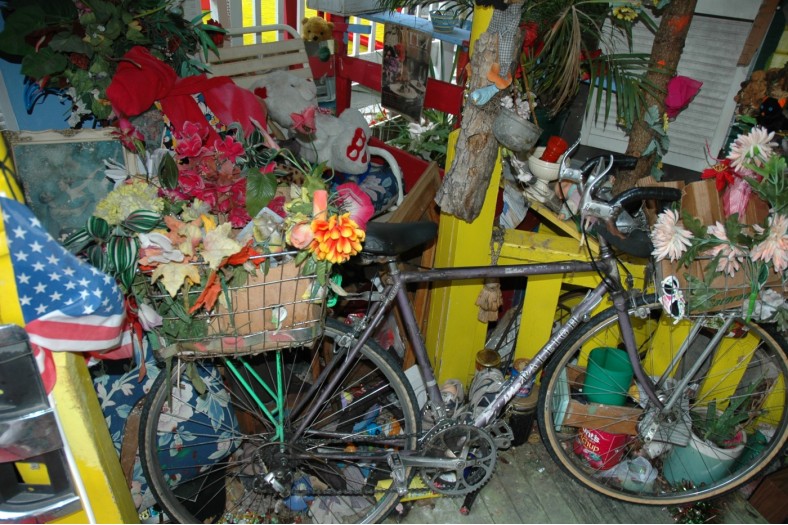
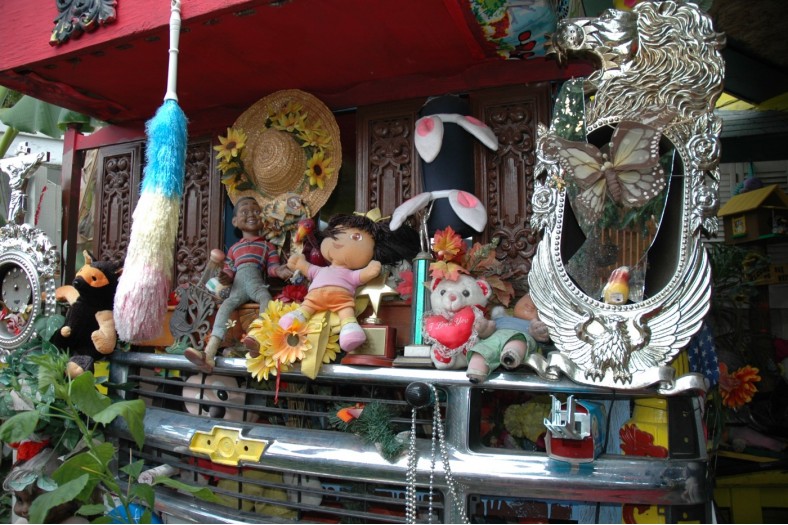
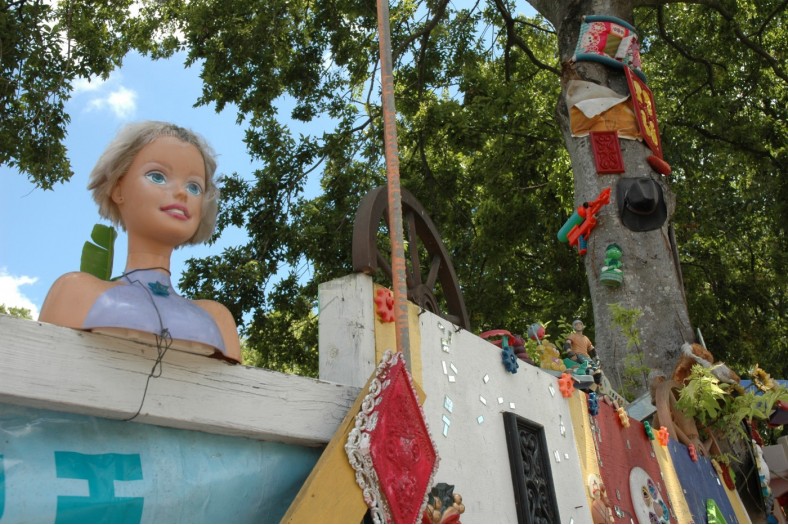
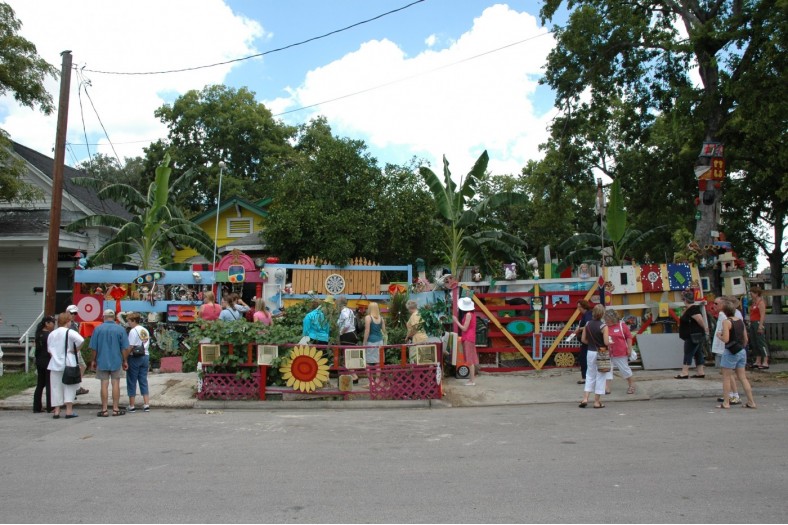
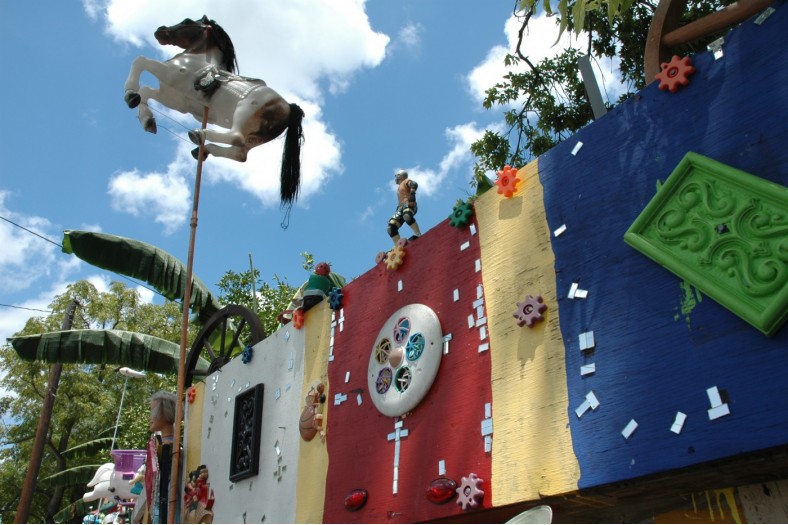
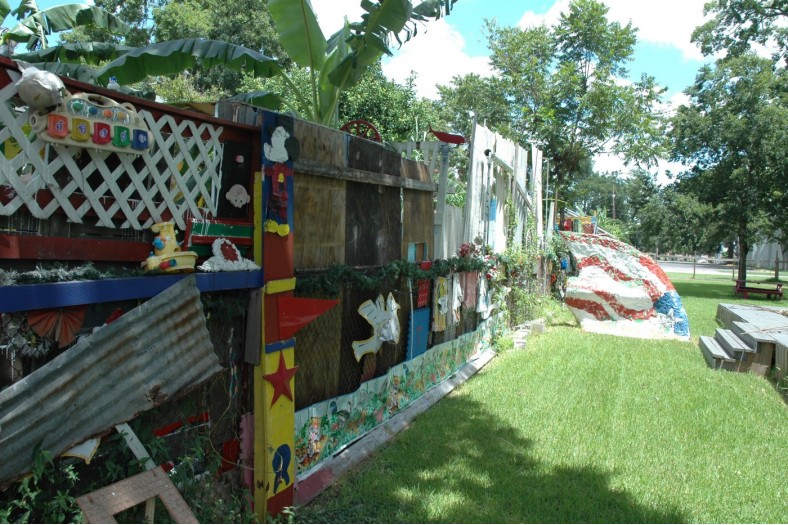
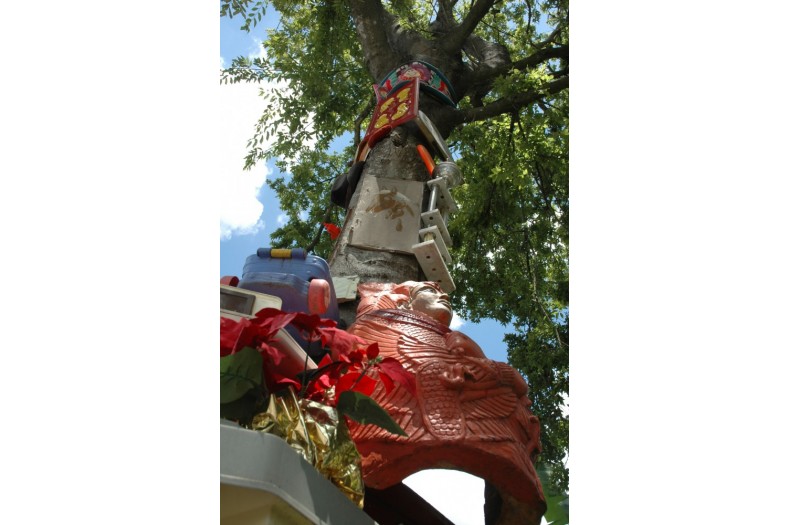
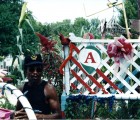
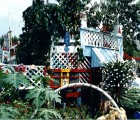
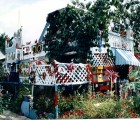
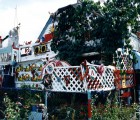
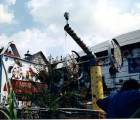
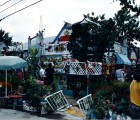
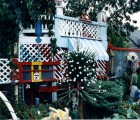
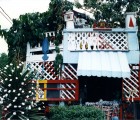
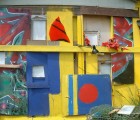
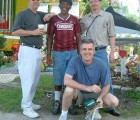
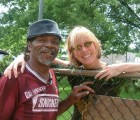
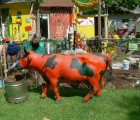
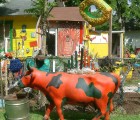
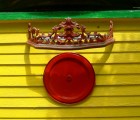

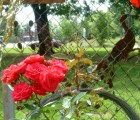
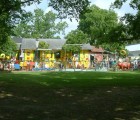
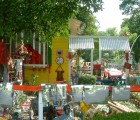
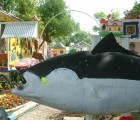
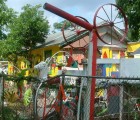
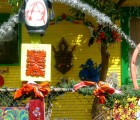
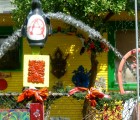
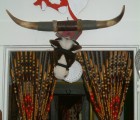
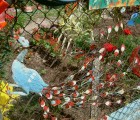
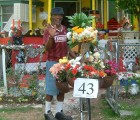
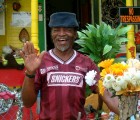
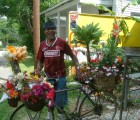
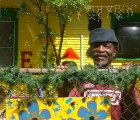
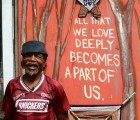
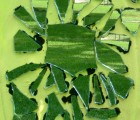
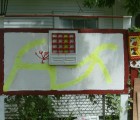
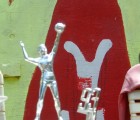
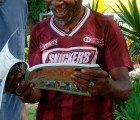
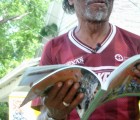
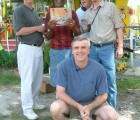
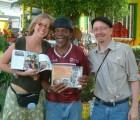
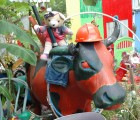
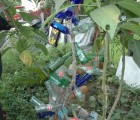
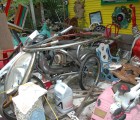
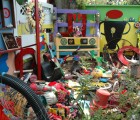
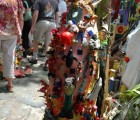
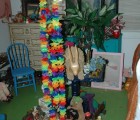
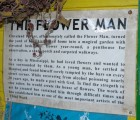
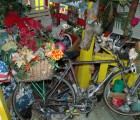
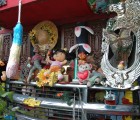
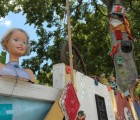
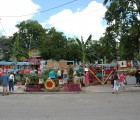
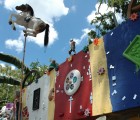
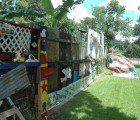
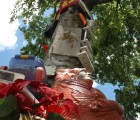

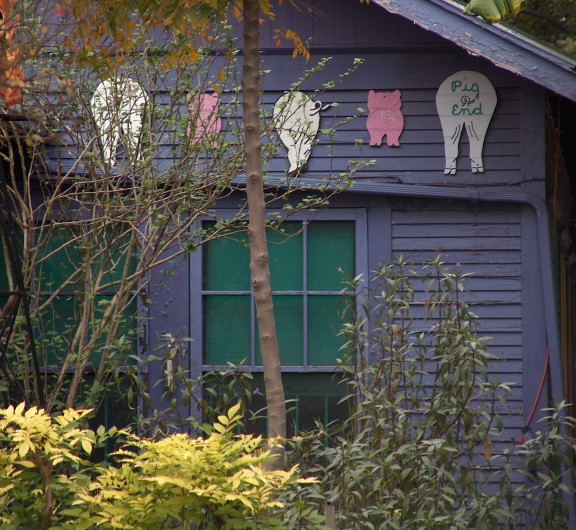
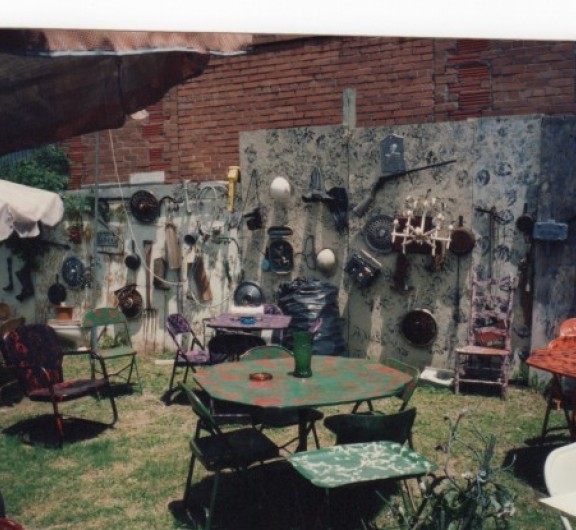
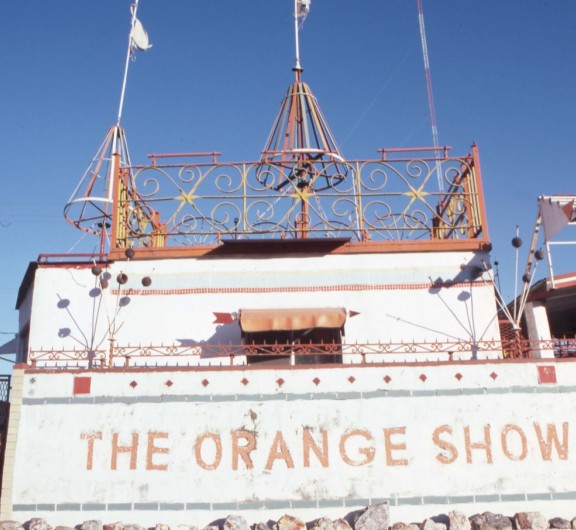

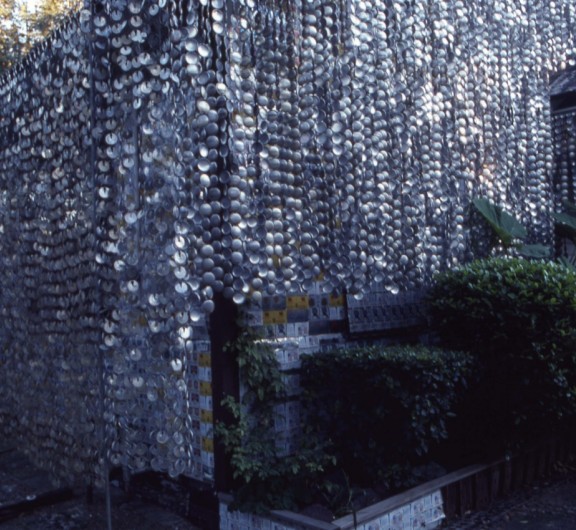

Post your comment
Comments
No one has commented on this page yet.